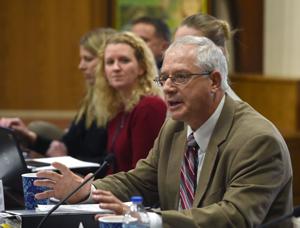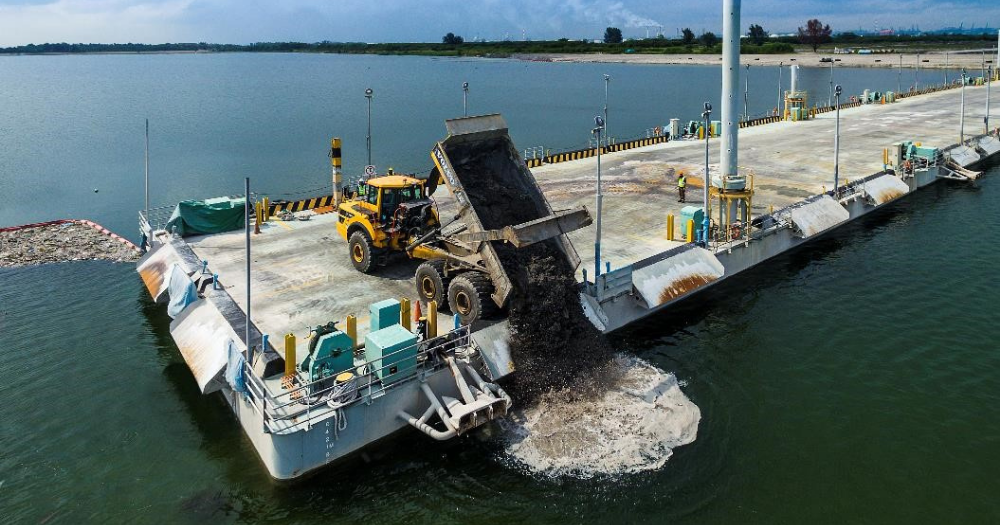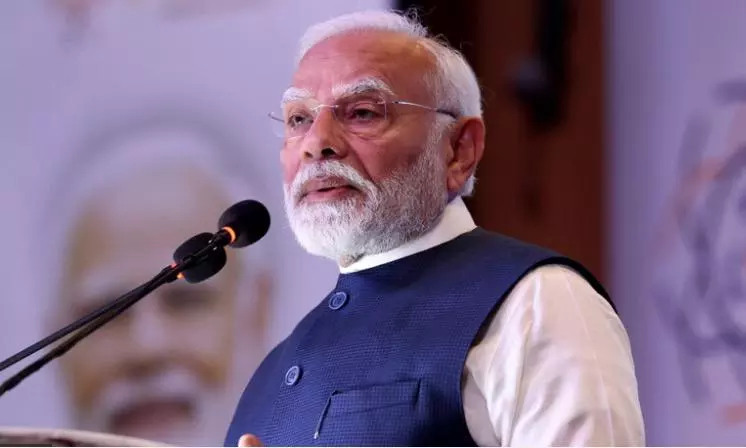
The trouble with history is it tends to repeat itself. Read this article for free: Already have an account? To continue reading, please subscribe: * The trouble with history is it tends to repeat itself. Read unlimited articles for free today: Already have an account? Opinion The trouble with history is it tends to repeat itself.
Observers have noted U.S. President Donald Trump’s 2025 playbook bears a remarkable resemblance to American politics and the infamous McKinley tariff policies of the late 19th century, complete with references to Manifest Destiny.

However, when Trump used the expression this week, it was in the context of America staking a claim to Mars and reclaiming the Panama Canal, as opposed to expanding settlement across the territories. “We’ve been in this position before and, unfortunately, have seen the movie a few times before and, by now, should know the script pretty well,” Ted Bilyea, an agri-food consultant and distinguished fellow with the Canadian Agri-Food Policy Institute, told a webinar this week. It was the context of those times that prompted Sir John A.
MacDonald’s National Policy of 1878, designed to unite Canada from east to west and strengthen the economy by imposing steep tariffs on imports. That policy is how Canada got the Canadian Pacific Railway, a transnational ribbon of steel that physically and figuratively tied the country together. The national railway opened the vast prairie hinterland to immigration, which served two purposes: it wrested control of the lands from the Indigenous inhabitants, who had a very different concept of ownership, and placed it in the hands of settlers, whose presence served to prevent encroachment from the south.
Building a national economy, however artificially, reduced Canada’s reliance on the United States and reshaped the natural tendency towards a north-south flow in continental trade. For the most part, the policy worked, but it required increasing layers of intervention such as the Crowsnest Pass freight rate agreement that gave farmers preferential freight rates to ship their grain out of the region for processing. That discouraged the development of value-added processing, escalating tensions with the Prairie provinces.
In more recent times, successive trade agreements between the two countries, and more recently Mexico, have established freer access to north-south trade. Despite Trump’s rhetoric to the contrary, those deals have been mutually beneficial to all the signatories. Which brings us to today and the election of an administration that wants all the benefits to accrue to one and which is becoming increasingly aggressive about using force — economic or otherwise — to get what it wants.
The threatened tariffs have three purposes: they would raise money for the U.S. Treasury (which may have to be used to compensate for the domestic hurt they cause), they would encourage more industrial development in the U.
S. and they would serve as leverage on weaker trading partners to extract concessions or outright capitulation. Trump, after all, told the Davos World Economic Forum this week Canada could avoid tariffs by becoming the 51st state.
While many of the farmers waiting and watching this posturing hope it’s all a big bluff, analysts speaking on the farm circuit this month are less optimistic. Bilyea and co-panellists on the CAPI webinar said Canada is at a crossroads. “The discussion tends to lead to a difficult question as to whether Canada’s future is better part of a closer economic union or more independent,” said Bilyea.
If Canada wants to remain independent, it needs a strategy no less visionary than the National Policy and one that puts Canada’s interests ahead of its values, he added. It means moving very quickly beyond tit-for-tat retaliatory tariffs. “You got to survive in the short term.
But this is a time when we should be actually stepping back and thinking, ‘OK, so what’s the strategy?’” he said. The panel, which also included CAPI managing director Tyler McCann and Kristina Farrell, CEO of Food and Beverage Canada, were unanimously pessimistic about Canada’s ability to get a strategy in place, implement visionary policies and round up the investment needed to shelter the economy from the presumed coming headwinds. “I would have more hope if I heard more from governments and others about what are those types of aggressive actions that we could take domestically to better strengthen our position,” said McCann.
A good first step would be breaking down the barriers to free trade within Canada’s own borders. Laura Rance is executive editor, production content lead for Glacier FarmMedia. She can be reached at lrance@farmmedia.
com Laura Rance is editorial director at Farm Business Communications. Our newsroom depends on a growing audience of readers to power our journalism. If you are not a paid reader, please consider .
Our newsroom depends on its audience of readers to power our journalism. Thank you for your support. Laura Rance is editorial director at Farm Business Communications.
Our newsroom depends on a growing audience of readers to power our journalism. If you are not a paid reader, please consider . Our newsroom depends on its audience of readers to power our journalism.
Thank you for your support. Advertisement Advertisement.











